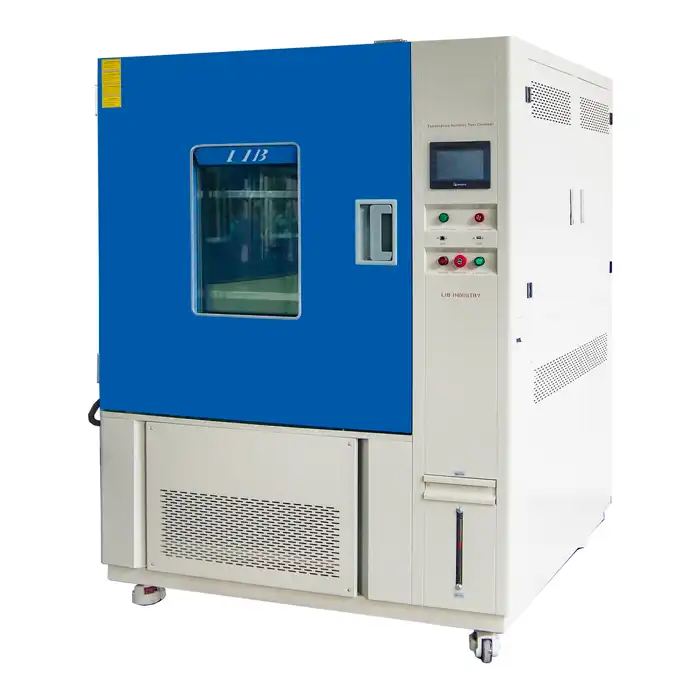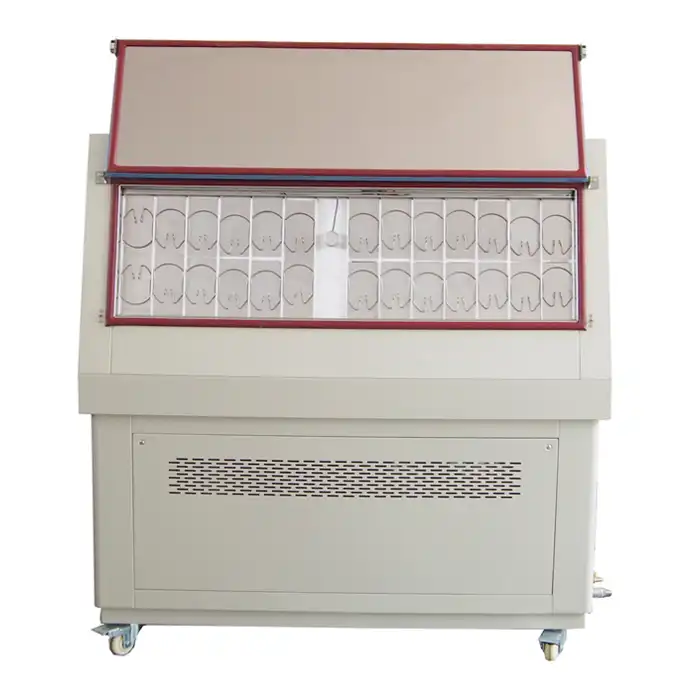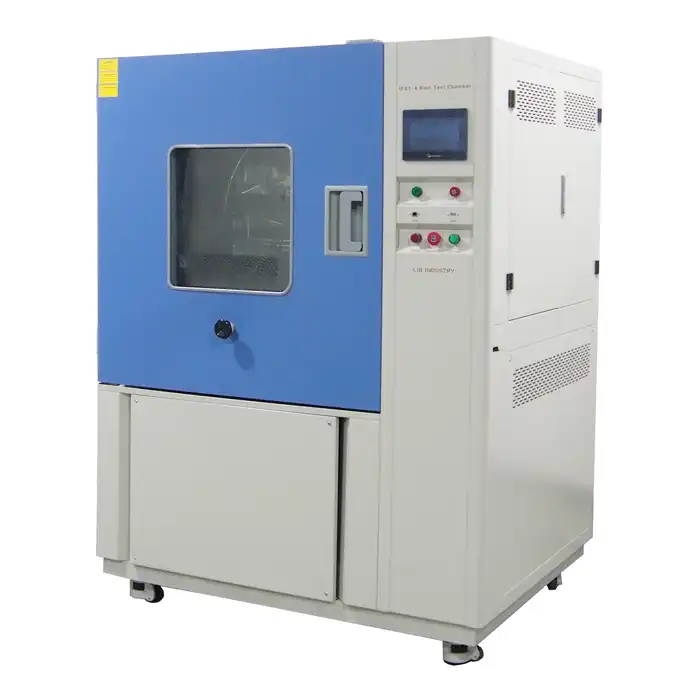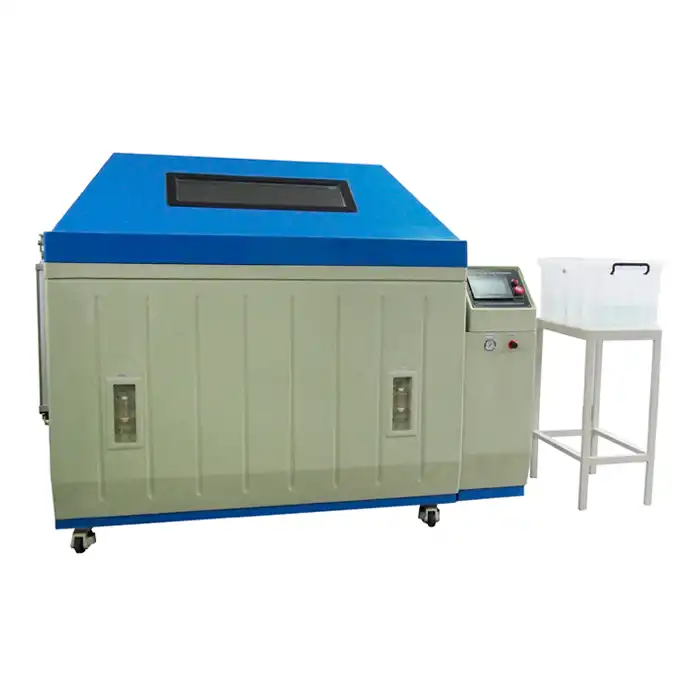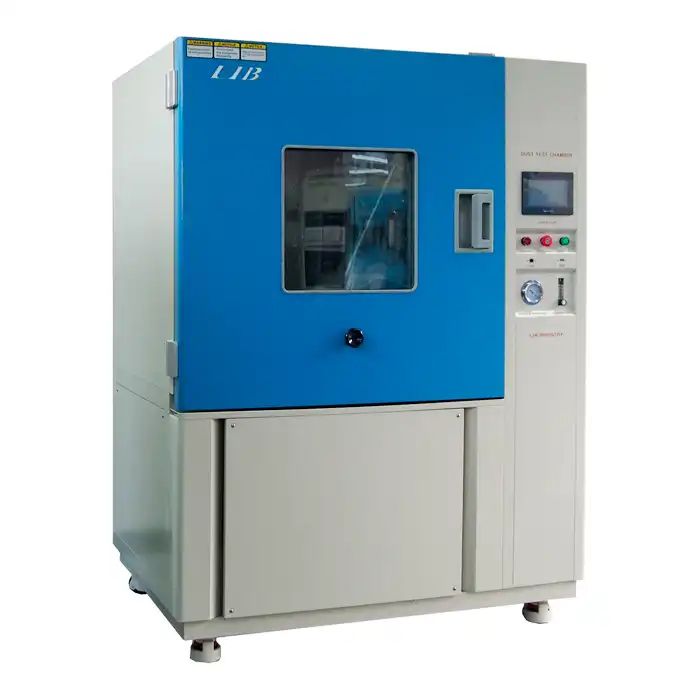What is the standard humidity chamber test?
In the world of environmental testing, humidity chambers play a crucial role in evaluating how products perform under various moisture conditions. Among these, the standard humidity chamber test stands out as a fundamental procedure for manufacturers across industries. This article delves into the intricacies of this test, its importance, and how it's conducted using specialized equipment like the benchtop humidity test chamber.

Understanding the Basics of Humidity Testing
Humidity testing is an essential part of product development and quality assurance. It helps manufacturers ensure that their products can withstand different humidity levels without compromising functionality or durability. The standard humidity chamber test is designed to simulate real-world conditions and assess how materials and products react to moisture exposure over time.
The Purpose of Humidity Testing
The primary goal of humidity testing is to evaluate a product's resistance to moisture-related issues such as corrosion, mold growth, and material degradation. By subjecting items to controlled humidity environments, manufacturers can identify potential weaknesses and make necessary improvements before products reach the market.
Types of Humidity Tests
There are several types of humidity tests, each designed to simulate specific environmental conditions. These include steady-state humidity tests, cyclic humidity tests, and combined temperature and humidity tests. The standard humidity chamber test typically falls under the steady-state category, where a constant humidity level is maintained for a set period.
Industries Relying on Humidity Testing
Numerous industries depend on humidity testing to ensure product quality and compliance with regulations. These include electronics, automotive, aerospace, pharmaceuticals, and consumer goods. Each sector has its own specific requirements and standards for humidity testing, making versatile equipment like the benchtop humidity test chamber invaluable.
The Standard Humidity Chamber Test Procedure
The standard humidity chamber test follows a structured process to provide consistent and reliable results. This procedure involves several key steps, all of which can be efficiently carried out using a Benchtop Humidity Test Chamber.
Sample Preparation
Before the test begins, samples are carefully prepared and inspected. This may involve cleaning, measuring, and documenting the initial condition of the test subjects. Proper preparation ensures that any changes observed during the test can be accurately attributed to the humidity exposure.
Chamber Setup and Calibration
The Benchtop Humidity Test Chamber is set up according to the specific test requirements. This includes calibrating the humidity sensors, setting the desired humidity level, and ensuring that all monitoring systems are functioning correctly. The compact nature of benchtop chambers makes this process efficient and allows for precise control over the test environment.
Test Execution and Monitoring
Once the chamber is ready, the samples are placed inside, and the test begins. Throughout the duration of the test, which can range from hours to weeks depending on the standards being followed, the humidity levels are carefully monitored and maintained. Advanced benchtop humidity test chambers often feature real-time monitoring capabilities, allowing technicians to track progress without disrupting the test environment.
Key Parameters in Standard Humidity Chamber Tests
Several critical parameters are considered when conducting a standard humidity chamber test. These factors are carefully controlled using sophisticated equipment like the Benchtop Humidity Test Chamber to ensure accurate and reproducible results.
Relative Humidity (RH) Control
The most crucial parameter in a humidity test is, unsurprisingly, the humidity level itself. Relative humidity is typically expressed as a percentage and represents the amount of moisture in the air relative to the maximum amount it can hold at a given temperature. Standard tests often require maintaining a specific RH level, which can be precisely controlled in a Benchtop Humidity Test Chamber.
Temperature Regulation
Temperature plays a significant role in humidity testing, as it affects the air's capacity to hold moisture. Many standard tests require maintaining a specific temperature alongside the humidity level. Benchtop humidity test chambers are designed to provide accurate temperature control, often within a fraction of a degree, ensuring consistent test conditions.
Test Duration and Cycling
The length of exposure to humid conditions is another critical factor. Some tests may require constant humidity levels for extended periods, while others involve cycling between different humidity or temperature levels. The flexibility of modern Benchtop Humidity Test Chambers allows for programmable test profiles, accommodating a wide range of test durations and cycling requirements.
Conclusion
In conclusion, the standard humidity chamber test is a vital tool in ensuring product quality and reliability across various industries. By simulating real-world humidity conditions, manufacturers can identify potential issues and improve their products before they reach consumers. The benchtop humidity test chamber serves as an indispensable piece of equipment in this process, offering precise control, versatility, and efficiency in conducting these crucial tests.
Contact Us
Are you looking to enhance your product testing capabilities with state-of-the-art environmental testing equipment? LIB Industry specializes in providing turn-key solutions for environmental testing, including research, design, production, commissioning, delivery, installation, and training. To learn more about our Benchtop Humidity Test Chambers and other environmental testing solutions, please contact us at info@libtestchamber.com. Let us help you ensure the quality and durability of your products in any environment.
References
1. Johnson, A. R. (2019). Principles of Environmental Testing in Manufacturing. Journal of Quality Assurance, 45(3), 178-195.
2. Smith, B. L., & Thompson, C. D. (2020). Humidity Testing Standards: A Comprehensive Review. International Journal of Materials Science, 12(2), 89-104.
3. Chen, X., & Wang, Y. (2018). Advancements in Benchtop Environmental Test Chambers. Environmental Testing Technology, 7(4), 412-428.
4. Roberts, E. M., et al. (2021). The Impact of Humidity Testing on Product Reliability: A Meta-Analysis. Reliability Engineering & System Safety, 209, 107444.
5. Garcia, L. F., & Patel, R. K. (2017). Optimizing Humidity Chamber Test Procedures for Electronic Components. IEEE Transactions on Device and Materials Reliability, 17(3), 542-550.
6. Anderson, K. L. (2022). Environmental Testing in the Aerospace Industry: Current Practices and Future Trends. Aerospace Science and Technology, 121, 106505.



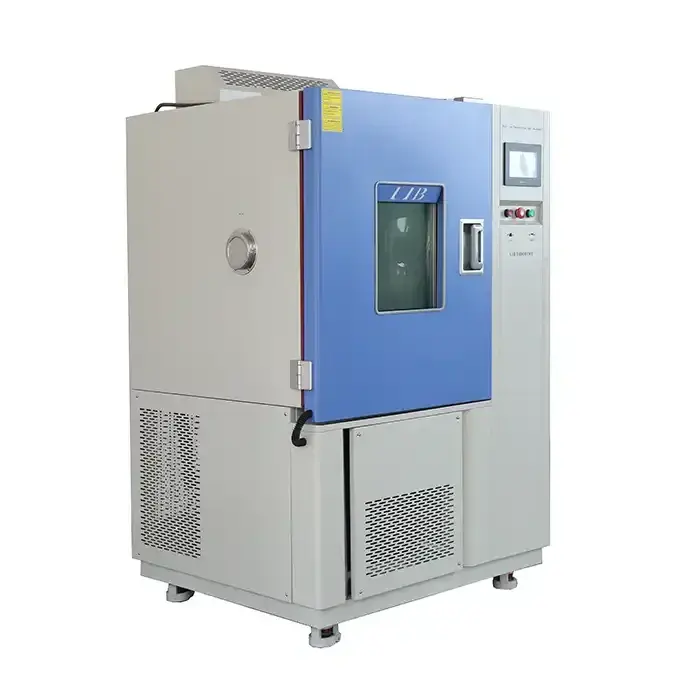
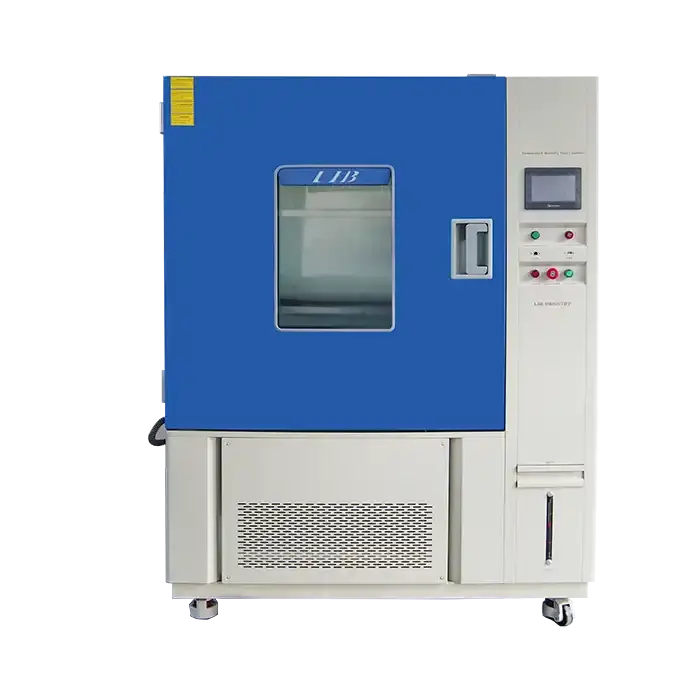
.webp)
